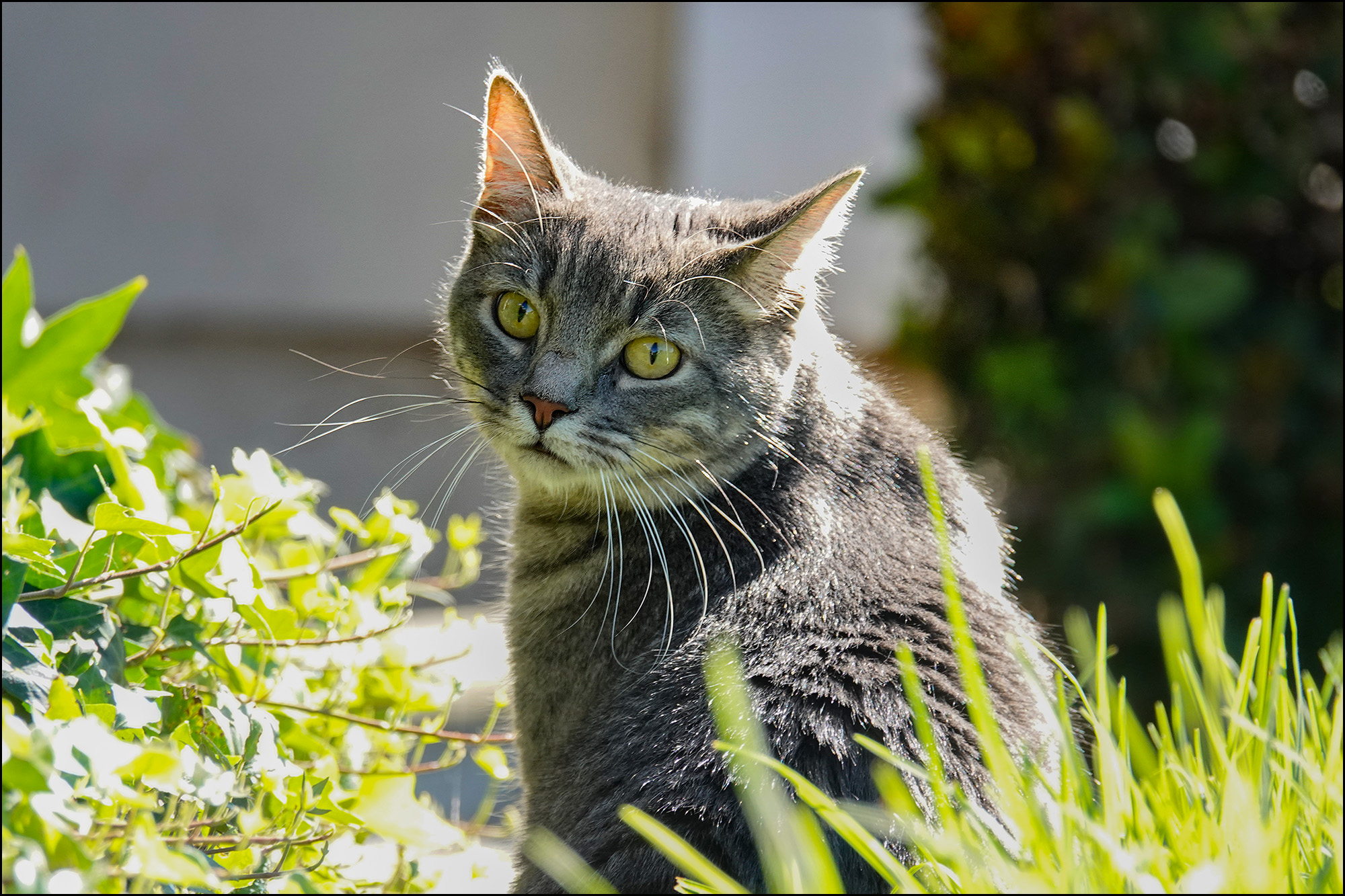You may recall that a couple of weeks ago I was trying to use my telescope when it just stopped dead. I'm sure you're wondering what happened next, aren't you? Well, settle in.
I was pretty sure the problem was in the equipment, not the software, but I wasn't totally sure. For one thing, Device Manager didn't show any COM ports, and that seemed—
Wait. COM ports? Like serial ports? Who cares about those anymore?
Well, it so happens that my telescope mount was initially designed about 20 years ago and was fitted out with an RS-232 serial port. This was back in the day when most computers also had a serial port. But time passed, and eventually it was redesigned to ditch the RS-232 port and look like this:
 But here's the thing: that RJ45 jack on the bottom might look like an RJ45 jack, but it's not. It's really a serial port with an odd connector. Later still the USB port was added, but that's also a serial port.
But here's the thing: that RJ45 jack on the bottom might look like an RJ45 jack, but it's not. It's really a serial port with an odd connector. Later still the USB port was added, but that's also a serial port.
This is generally not a problem. The USB port connects to a virtual COM port created by software, and that's been working fine for me for months. But not only did it stop working, it also seemed like my virtual COM ports had gone away too.
After much fussing around, which resulted in everything being wrecked, I restored to an old restore point and voilà! My COM ports were back. But they still didn't work. So I finally bought a special cable that has an RJ45 plug on one end, a USB plug on the other, and a chip that provides the proper conversion of current levels. I also hauled out my old Radio Shack multimeter, which I bought 40 years ago and use about once every two or three years,
The multimeter confirmed that the USB port was dead¹ but the RJ45 port was active. So I plugged everything in, installed the drivers for the cable,² started up the software, and . . .
It still didn't work. Waah!
I was getting ready to throw in the towel and send the whole thing in for service when I happened to notice a Test button on the software interface. Hmmm. So I clicked it. It didn't really tell me much except that by default it was set to 9600 baud. Who sets anything to 9600 baud these days?
No one. But back in the days when the RJ45 jack was first added to the mount . . .
Well, even then 9600 baud was a thing of the distant past. But long story short, that was the key. When I set the COM port speed to 9600, everything lit up and the software said it was good to go.
What a clusterfuck. But at least I think it's working now. I haven't actually tested it fully yet, but I'll do that in the next few days. It'll be a couple of weeks before the moon is back down and I can do any kind of serious imaging.
¹Yeah, the USB port had just suddenly gone dead. I don't know why. It was added to the mount a couple of years ago by popular demand, and my guess is that it was kludged in by connecting it to a little circuit board of its own that was connected to power separately from the other stuff. Most likely, the power connection came apart.
²I had to install drivers for a cable? Yes indeed. These are the drivers that create a virtual COM port that's assigned to the cable.

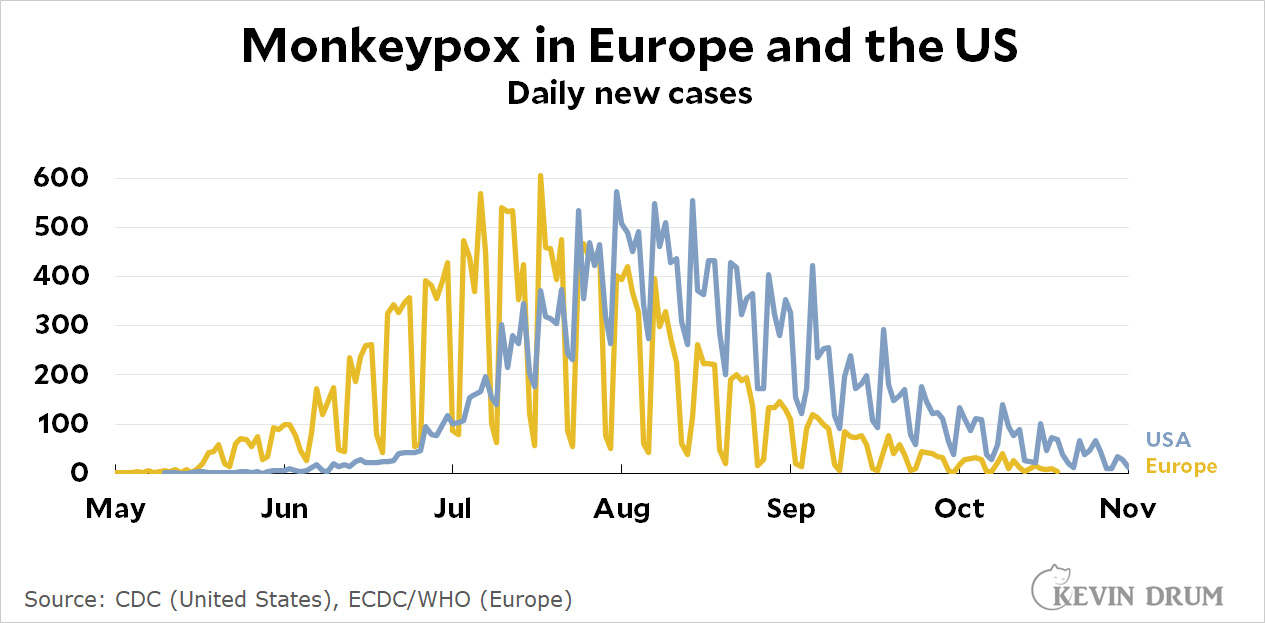
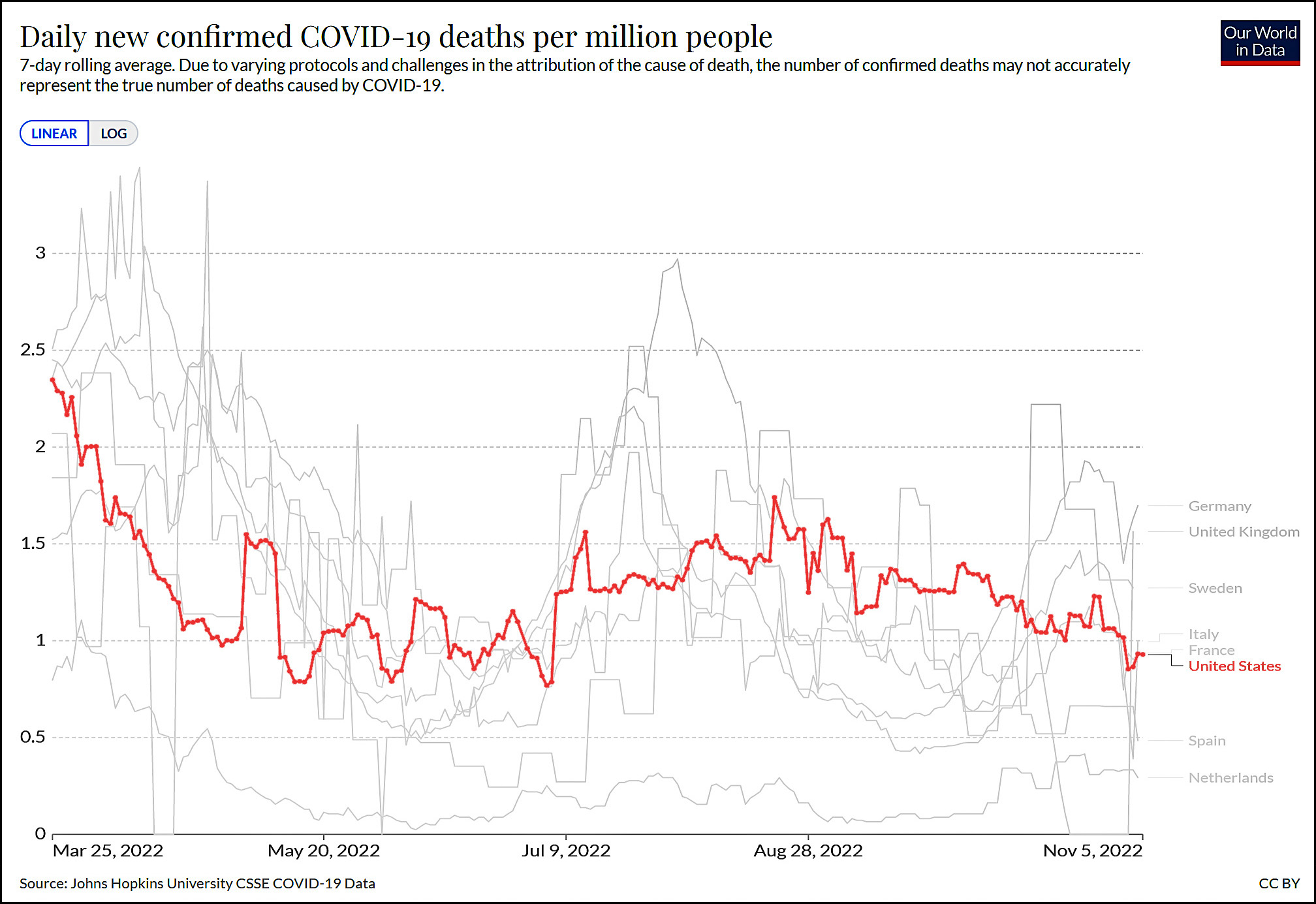
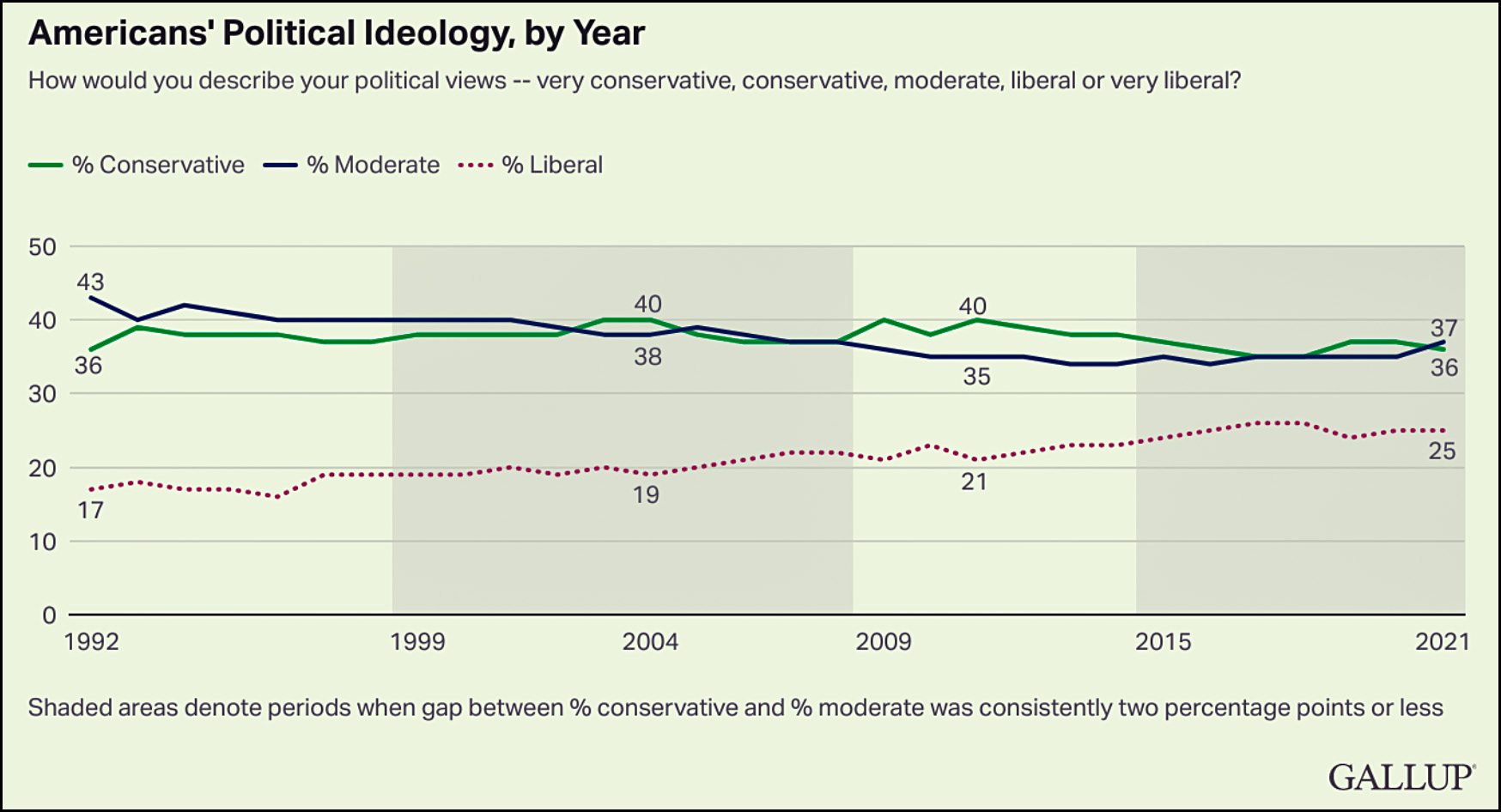
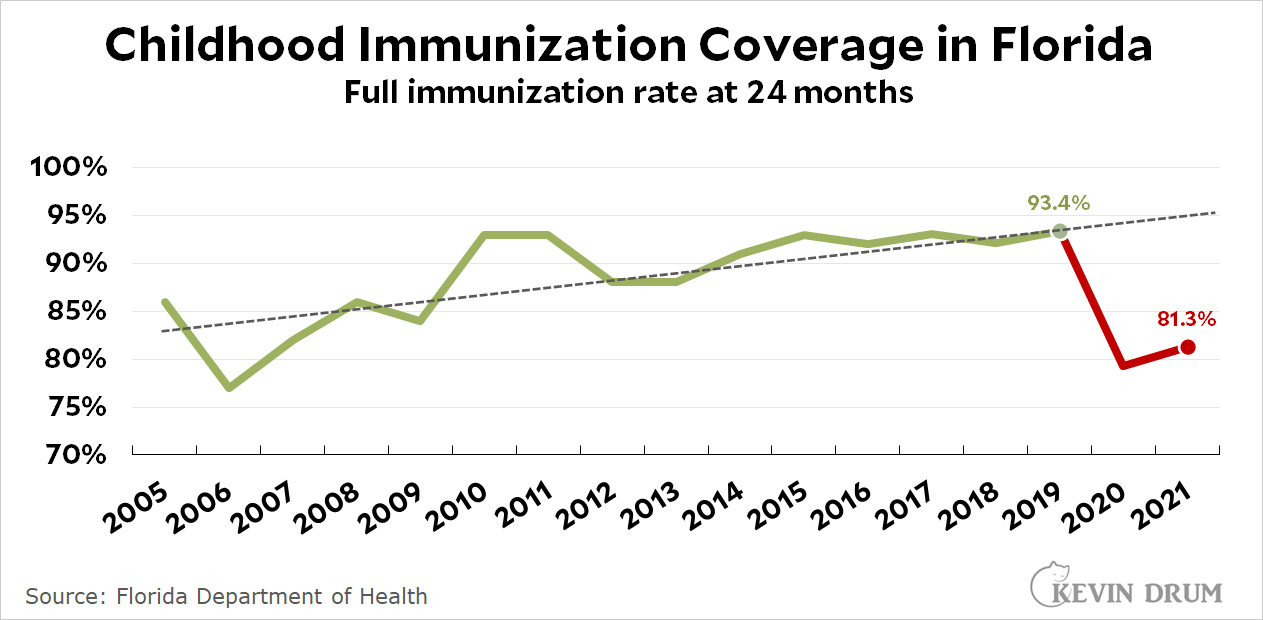
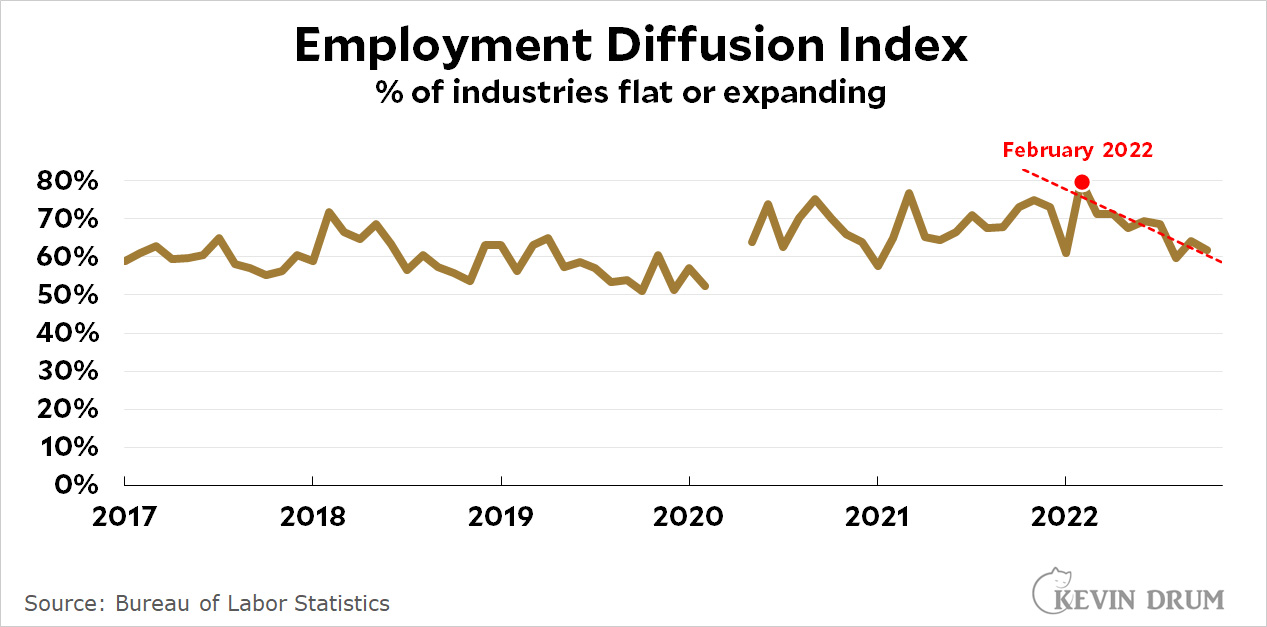
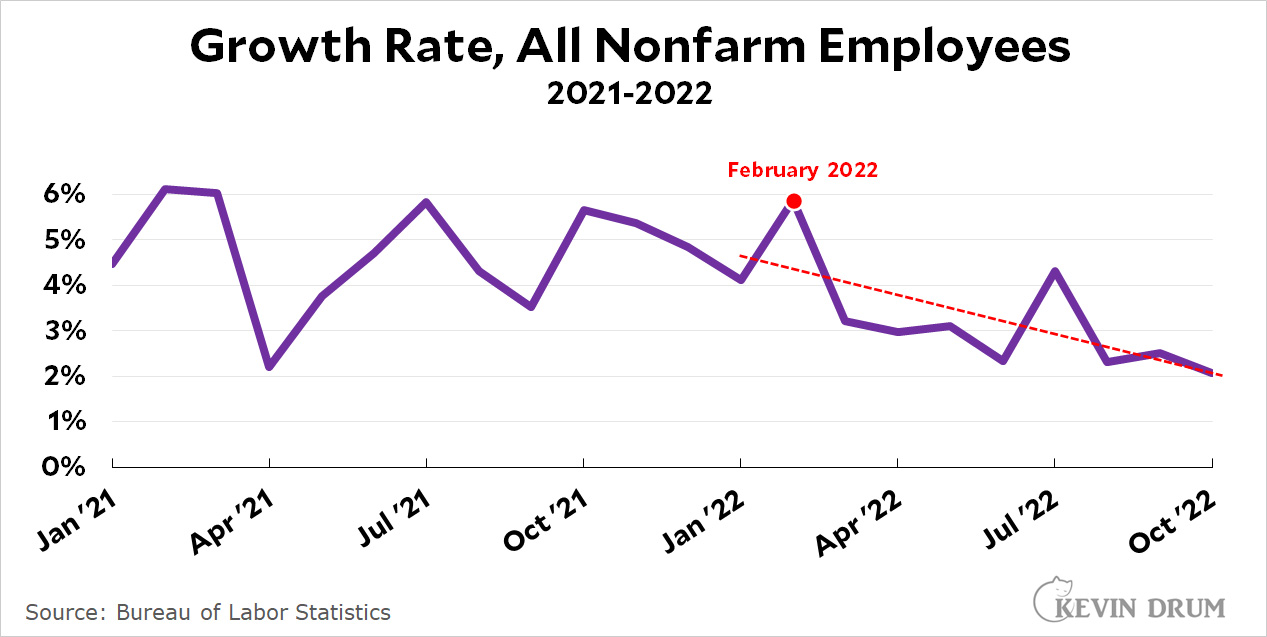
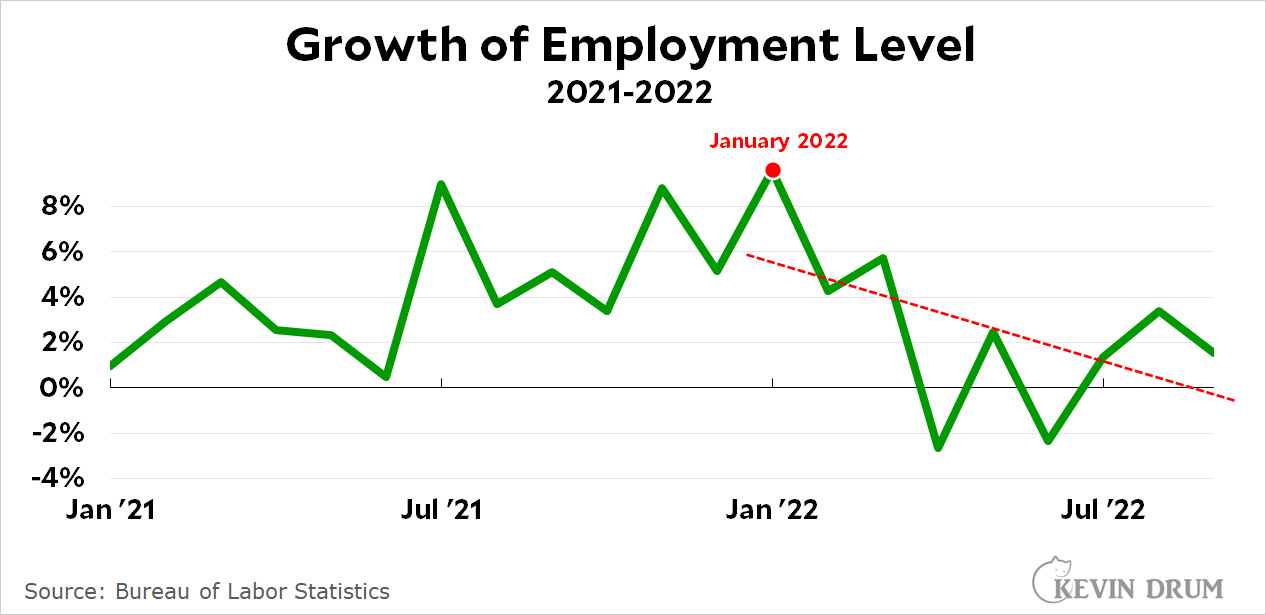
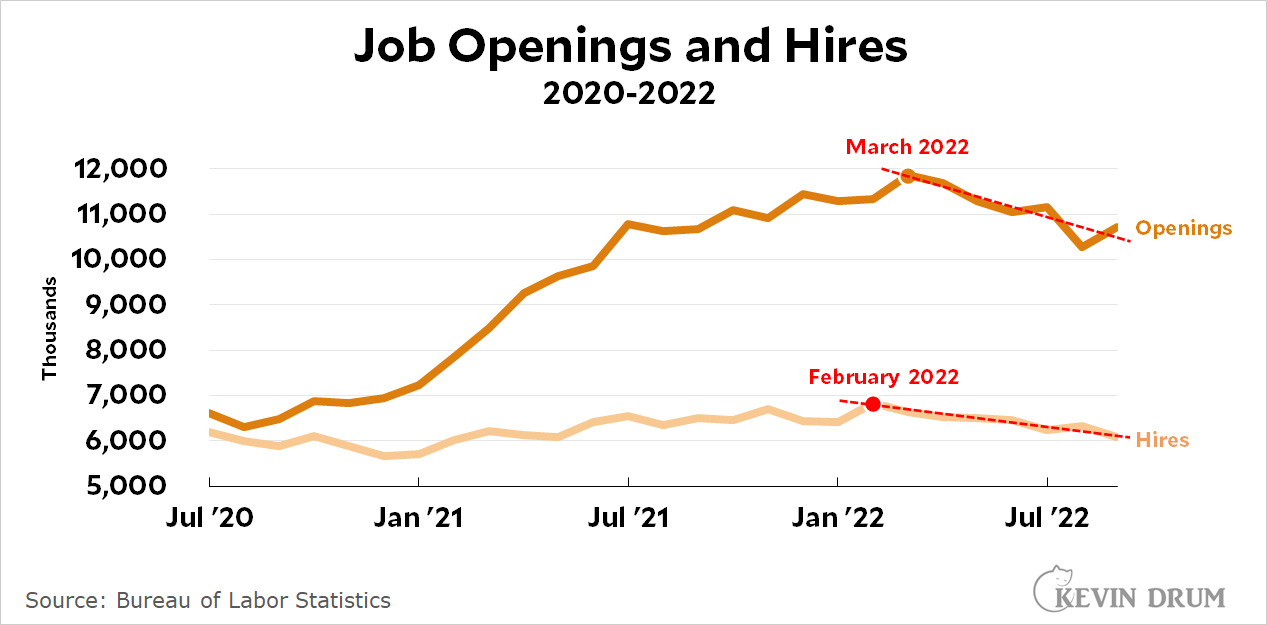
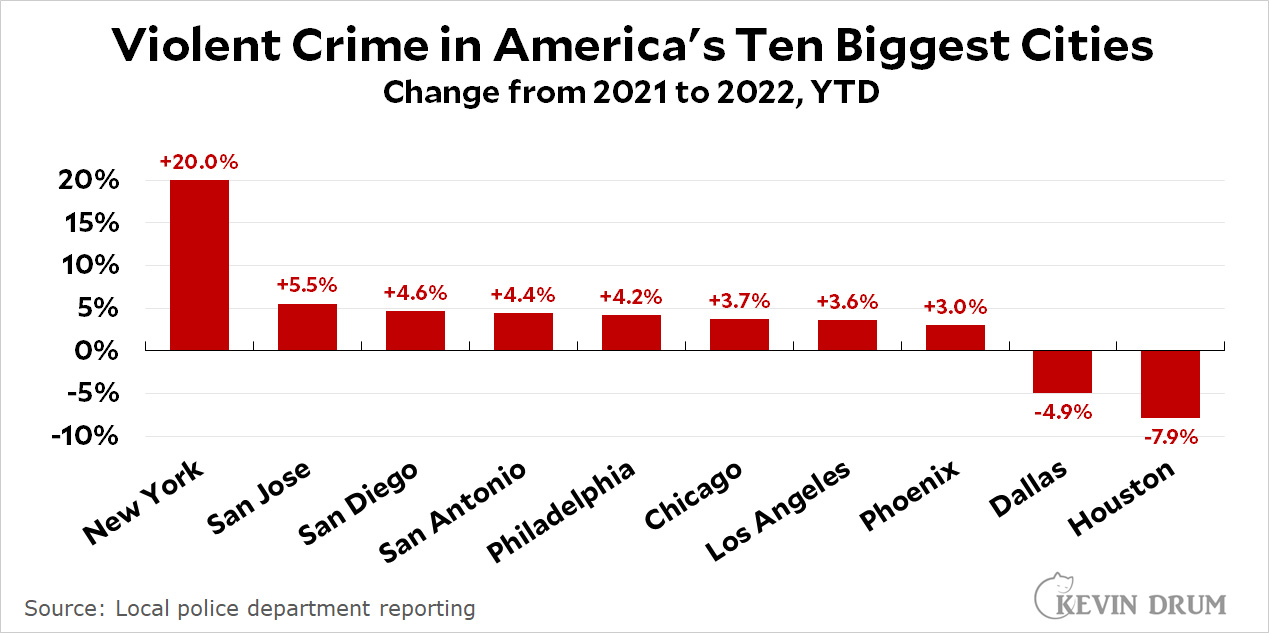
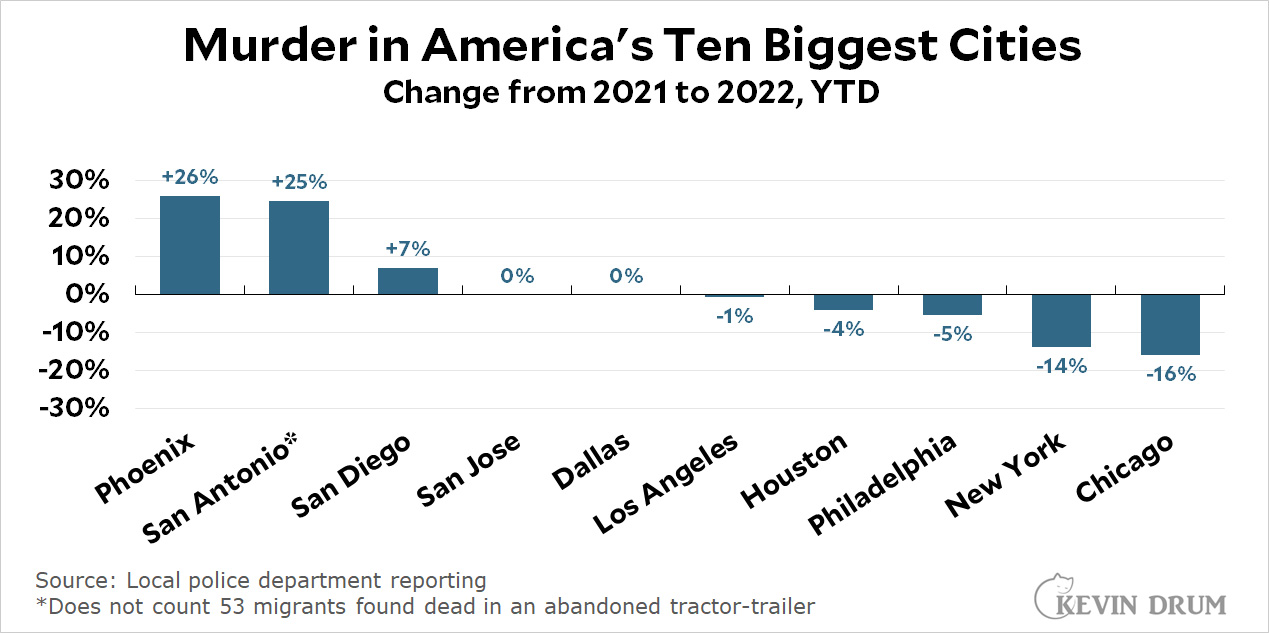
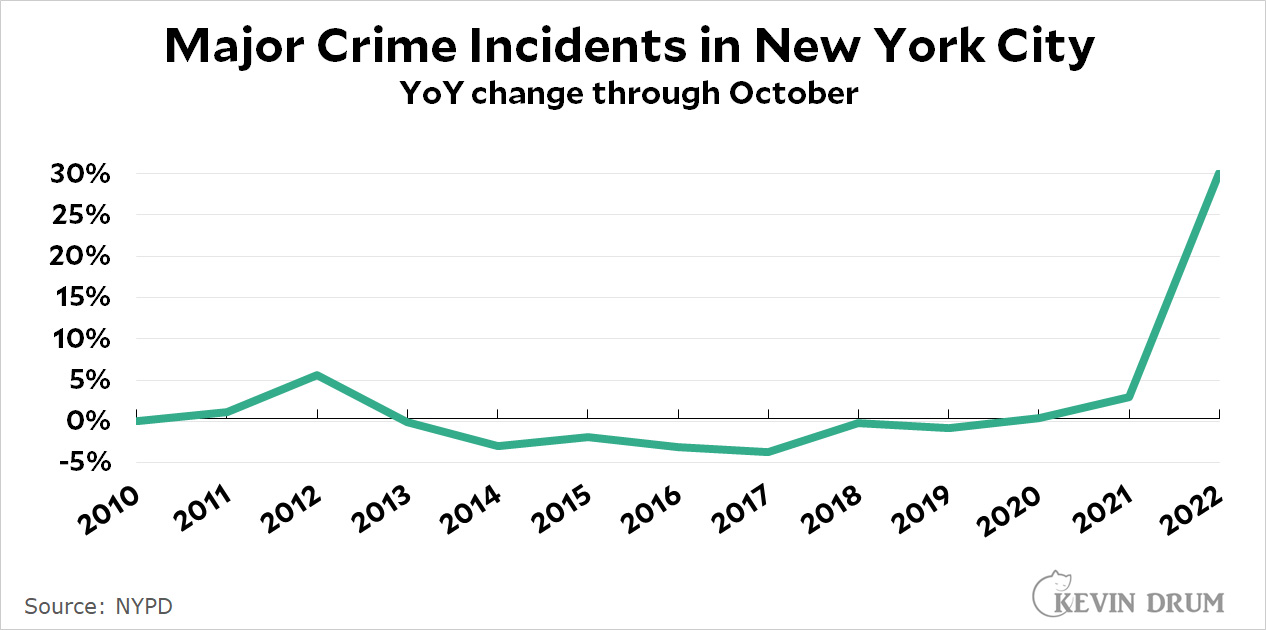
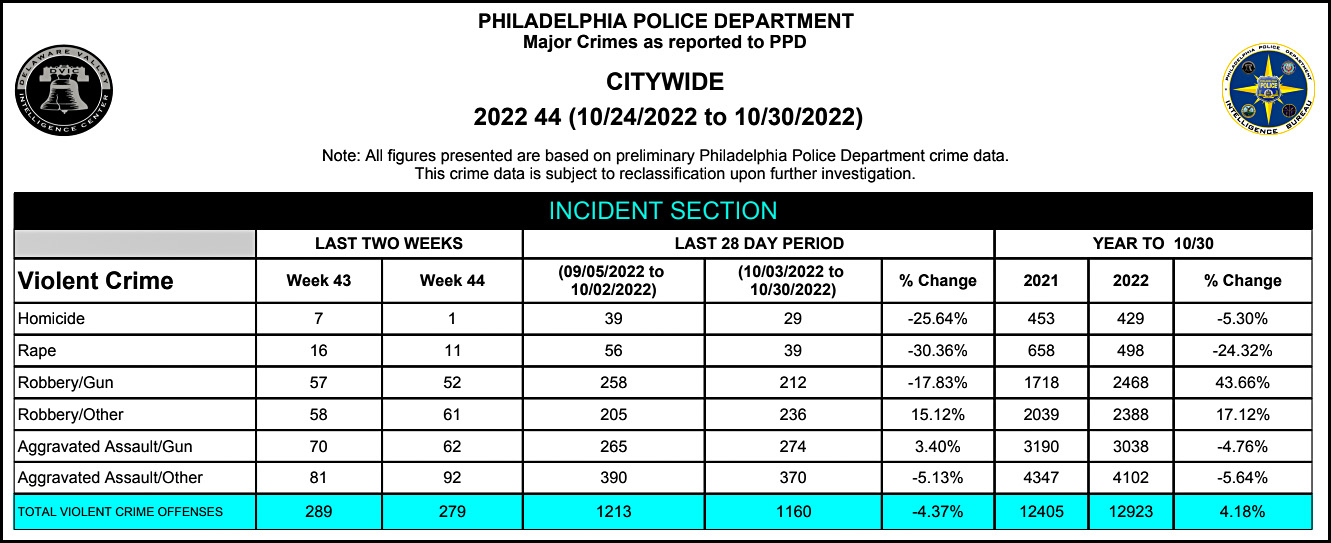 Violent crime is up 4.18% this year. What's more, that's driven entirely by robberies. Murder is down, rape is down, and serious assault is down. Only robberies are up.
Violent crime is up 4.18% this year. What's more, that's driven entirely by robberies. Murder is down, rape is down, and serious assault is down. Only robberies are up.